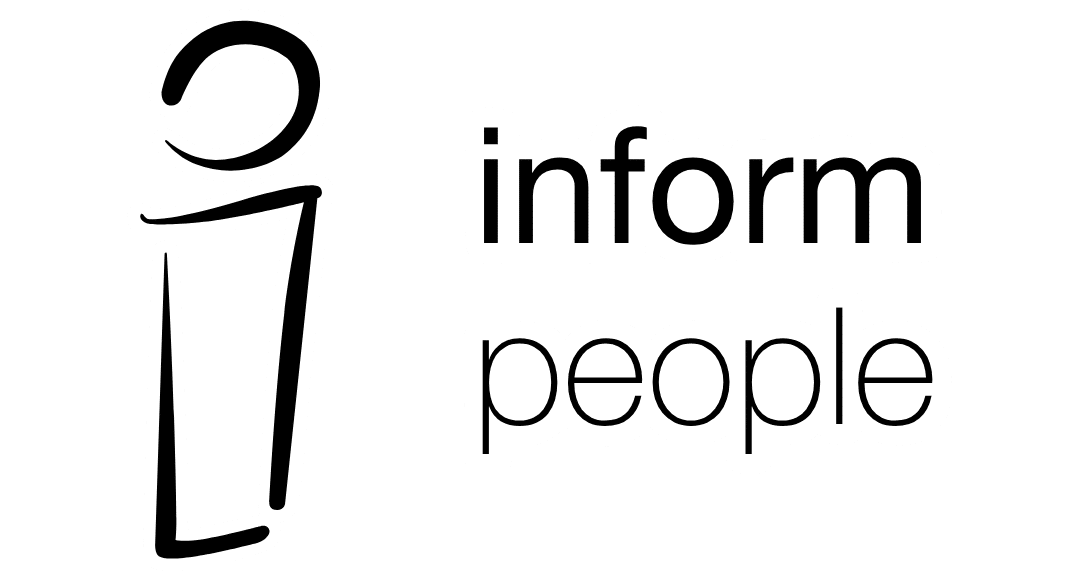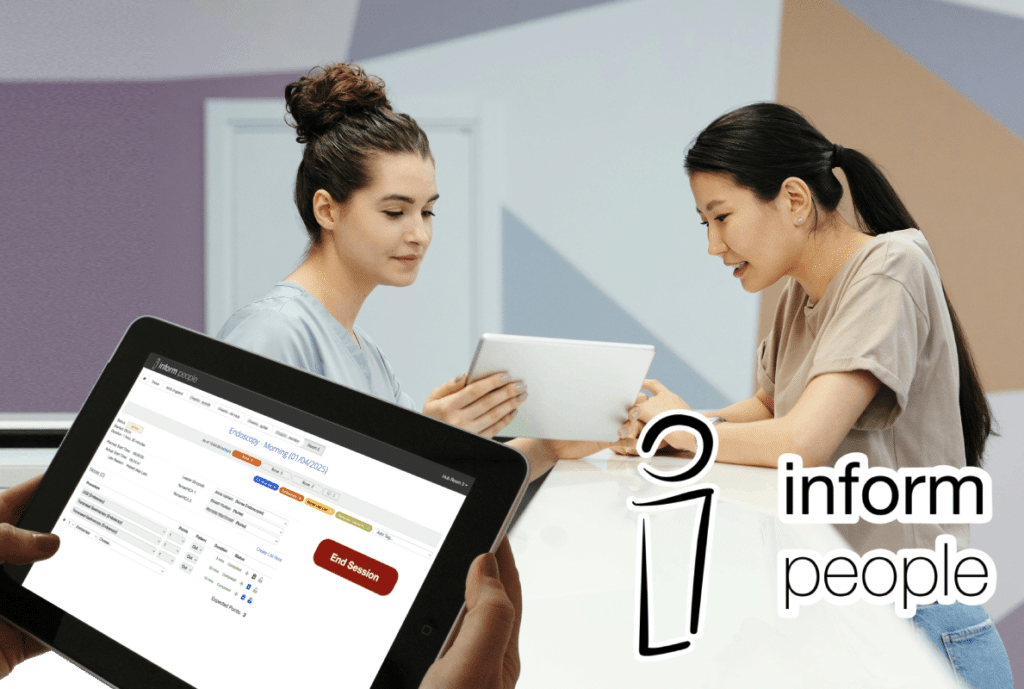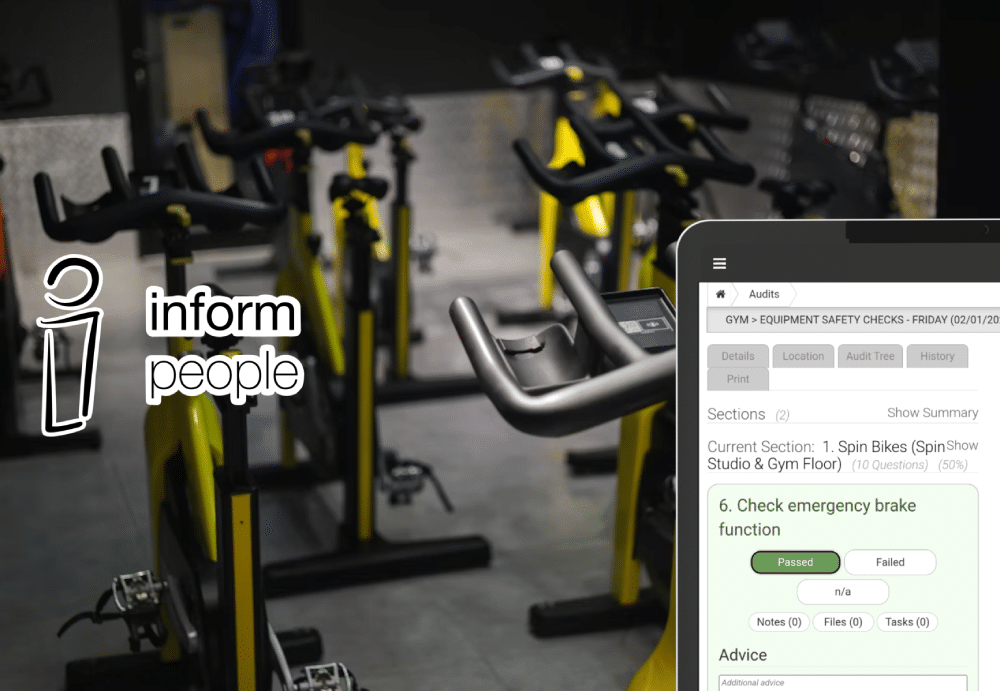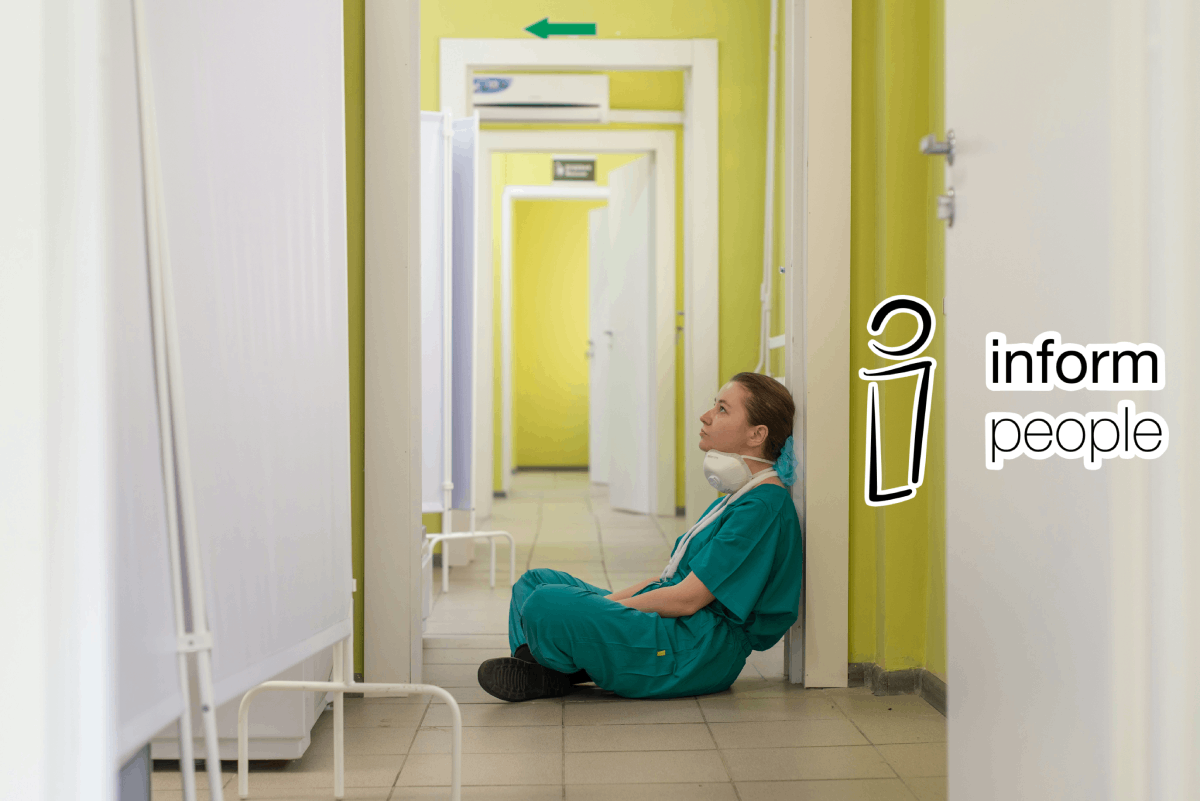Members of the THRIVE team recently attended the HSJ Modern Diagnostics Forum where we met a number of wonderful individuals and gave a short case study on the work being performed in the North West using THRIVE.
During the conference a common theme emerged that has been present in our system introductions for years:
‘What is the impact on staff?’
This question goes much deeper than simply ‘What do staff have to do to use the system’ and asks what will THRIVE do for staff, and whether the outcomes will prove beneficial for staff or whether it can be used for finger pointing and criticism of individuals.
So let’s answer this question in three parts.
What do staff have to do to use the system?
For most staff, using THRIVE to record any procedure is as simple as pressing a green start button or a red stop button. There are no patient details stored in THRIVE and procedure type is kept as simple as possible, meaning using the software keeps frontline staff where they need to be: with their patients.
Usually, the largest aspect of using THRIVE is simply setting the Start/Stop process into routine, and once this embedding stage is over it becomes second nature that takes less than 30 seconds to use across an entire list.
What benefits does THRIVE have for staff?
It can be easy to believe that any performance-tracking work will simply lead to an increased workload, but this isn’t true.
One addition we’ve recently been asked to include in future presentations is just how much more efficient the data sharing process can be made using THRIVE. Typically to get detailed information across a unit or a network involves a variety of people and all their software used. This takes time away from unit managers, ward clerks, booking teams, senior leadership and BI analysts while they collate all this information to turn it into something useful.
With head count of non-clinical staff being significantly reduced over the coming months for many trusts this kind of data gathering and formatting will simply not be possible, especially at regular intervals like for weekly or monthly reports.
This slide has been taken from an upcoming presentation, and describes the process most reports must take for creation.
For frontline staff we’ve seen a number of benefits realised in trusts using THRIVE.
By having simple things like Late Start information we can judge what kind of impact these have on list flow and list end times. One trust we heard from recently, told us how their portering system was consistently arriving with patients late, meaning that while the unit was fully prepared they couldn’t start due to an issue out of their control.
Previously they hadn’t been able to prove this, but with THRIVE data they were able to approach the Trust Board with solid data that backed up their claims, and made demands for change which have since led to late start reductions.
Another trust voiced to us how their lists felt somewhat inconsistent with finish times at the end of the day, and that often they would either be finishing too early or too late.
The trust investigated this and found it was due largely to short notice patient cancellations which can be hard to account for. With the new information around unpredictable finish times they began to use the THRIVE monitor during live sessions to predict which lists were going to finish early and which would finish late.
They were then able to move certain procedures from one list to another to ease the pressure on late running lists and help all staff to finish around the same time (and most importantly on time!).
With national waiting lists remaining well above target and financial burdens increasing, the pressure on every unit is going to remain high. Being able to increase average performance while balancing workload for staff is a bigger problem than ever before and one that needs solid evidence behind it.
Will THRIVE be used for reporting on an individual staff member?
THRIVE is designed to be used to measure the performance of a location, whether that be a single room or an entire network. What it is not designed to do is critique staff, whether that be a team or an individual.
The THRIVE online reporting suite does not contain any tools which could be used to report on an individual staff member to ensure this cannot happen, the primary reason we capture which staff are performing a list is for identification purposes only.
Our software is designed to encourage collaboration and efficiency rather than singling out individuals. Reporting at the individual staff level can sometimes lead to unnecessary scrutiny, creating an environment of finger-pointing rather than teamwork; something we’ve worked hard to avoid.
Additionally, including personally identifiable staff data in reporting complicates data-sharing processes, raising privacy concerns and making compliance with data protection policies more challenging. By focusing on overall performance and location-based insights, we help to maintain a fair, transparent, and cooperative NHS.
Any questions?
We’d love to hear them, please drop us a message via email: info@informpeople.com




